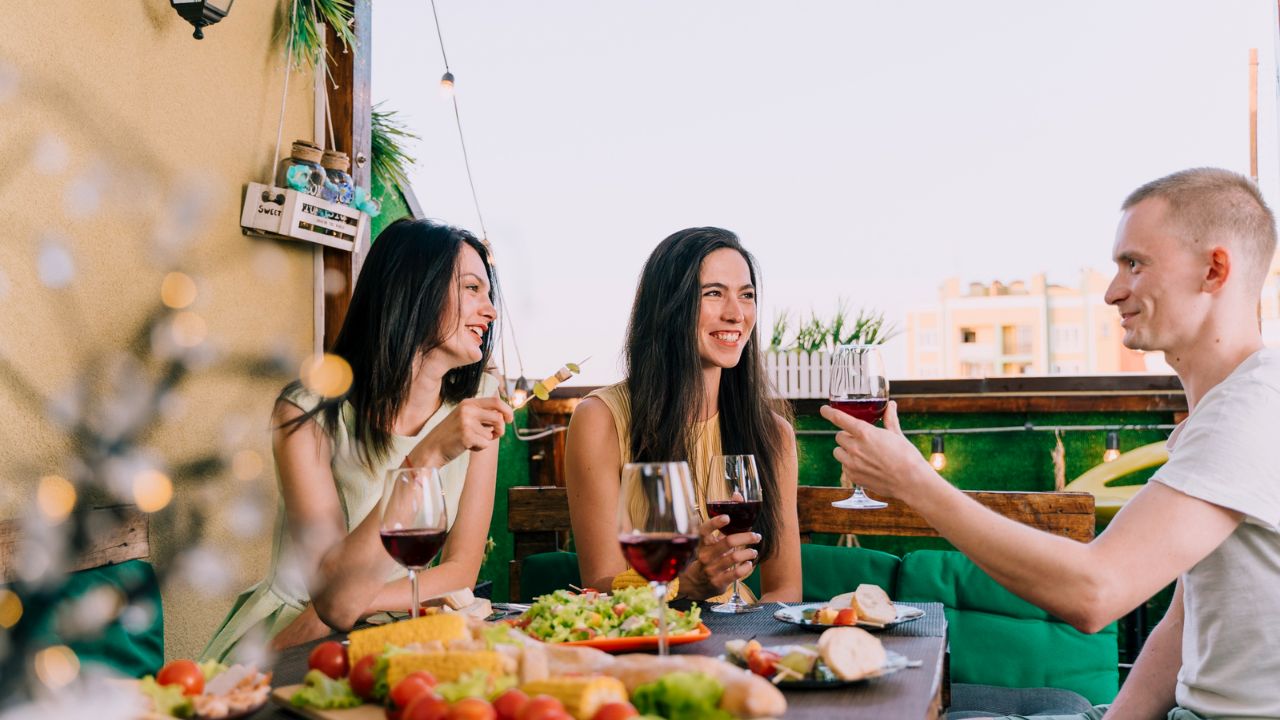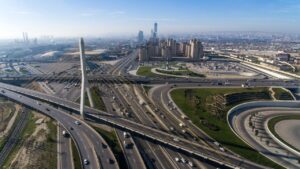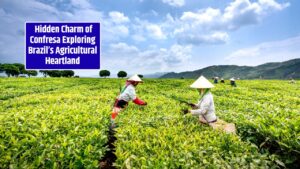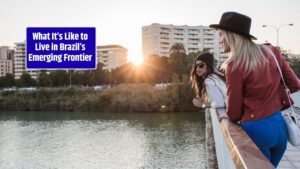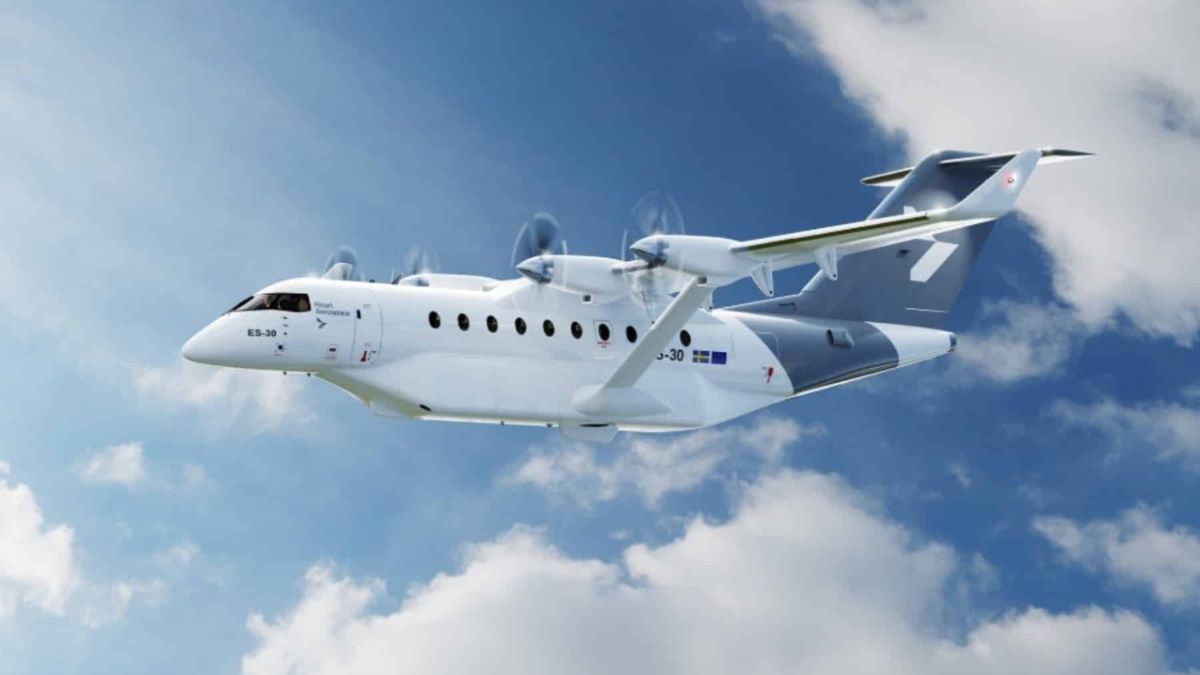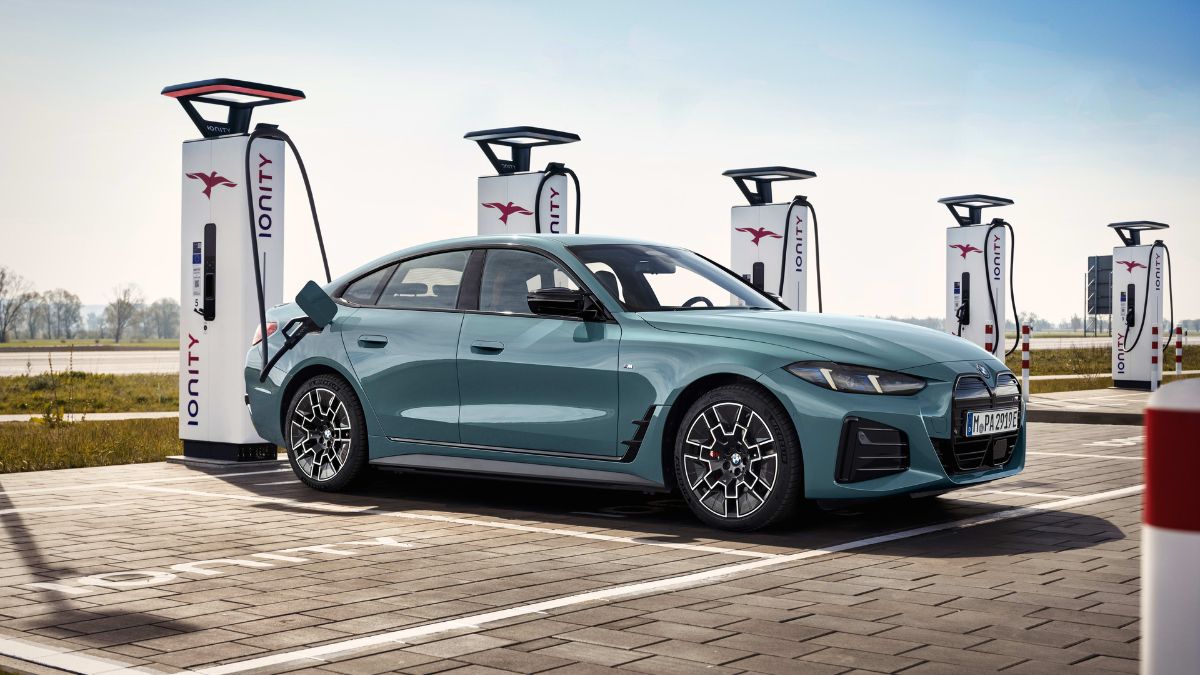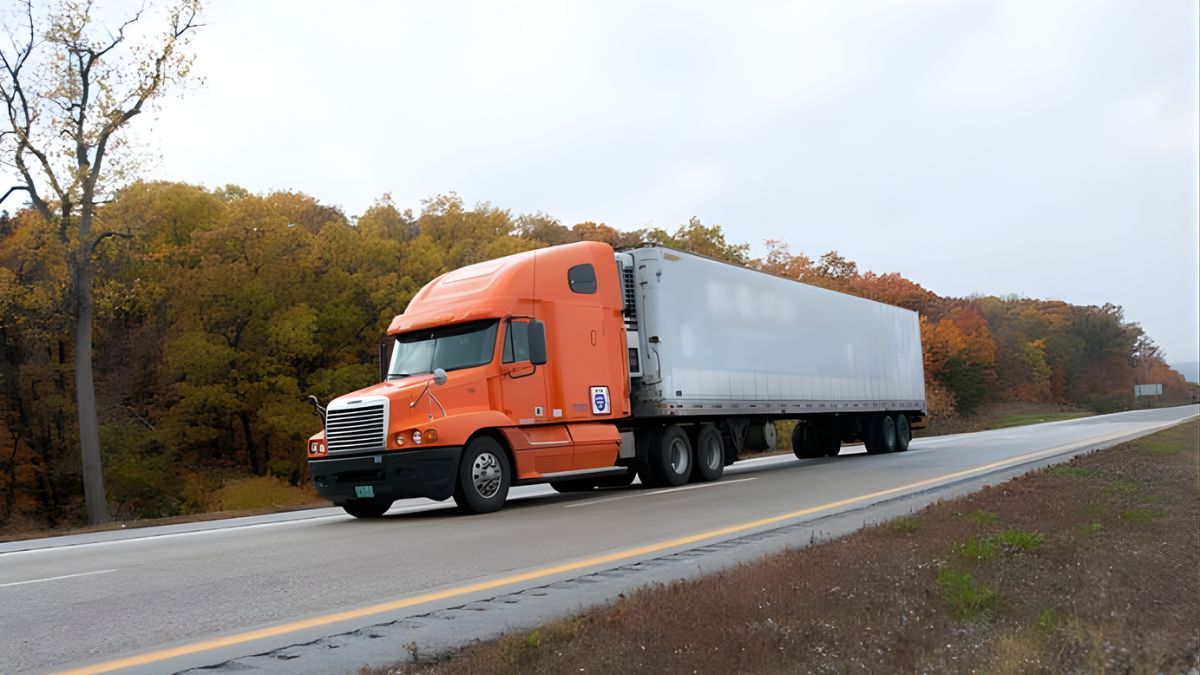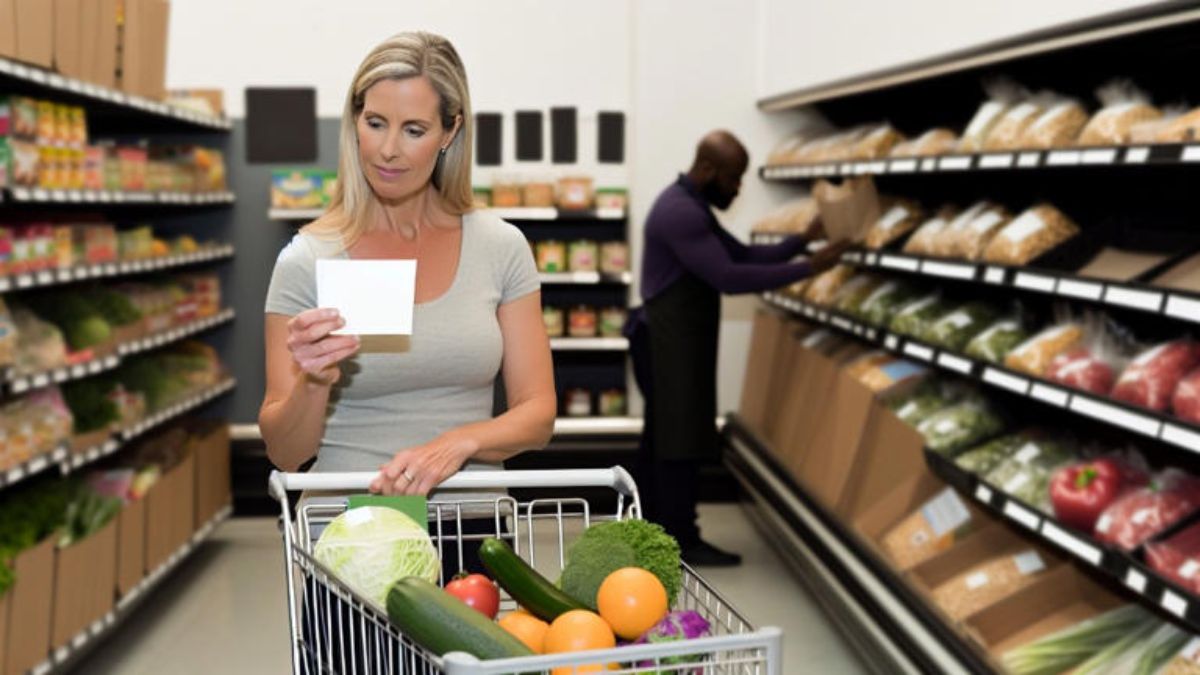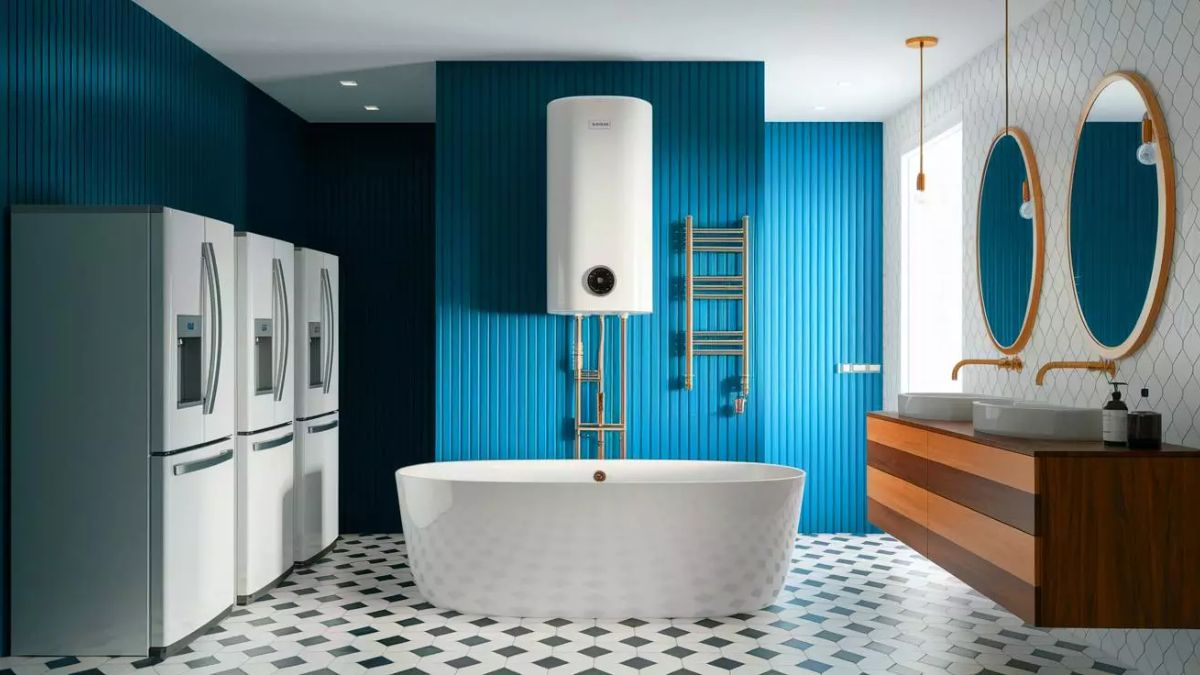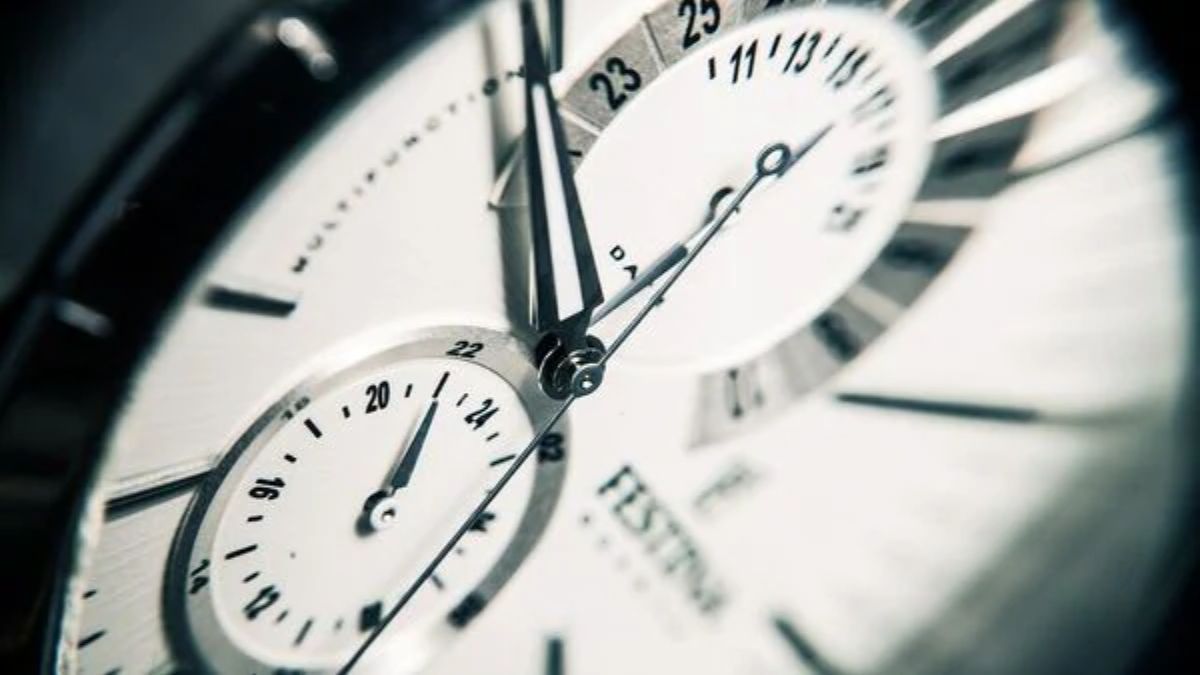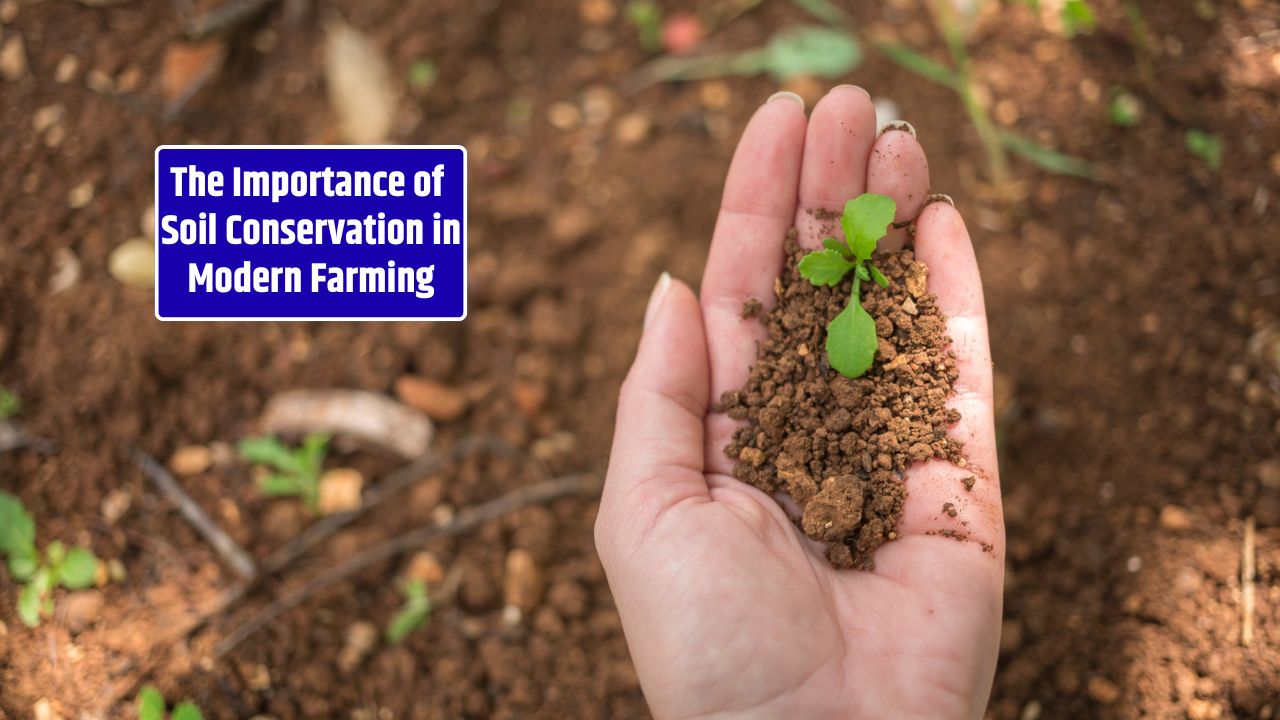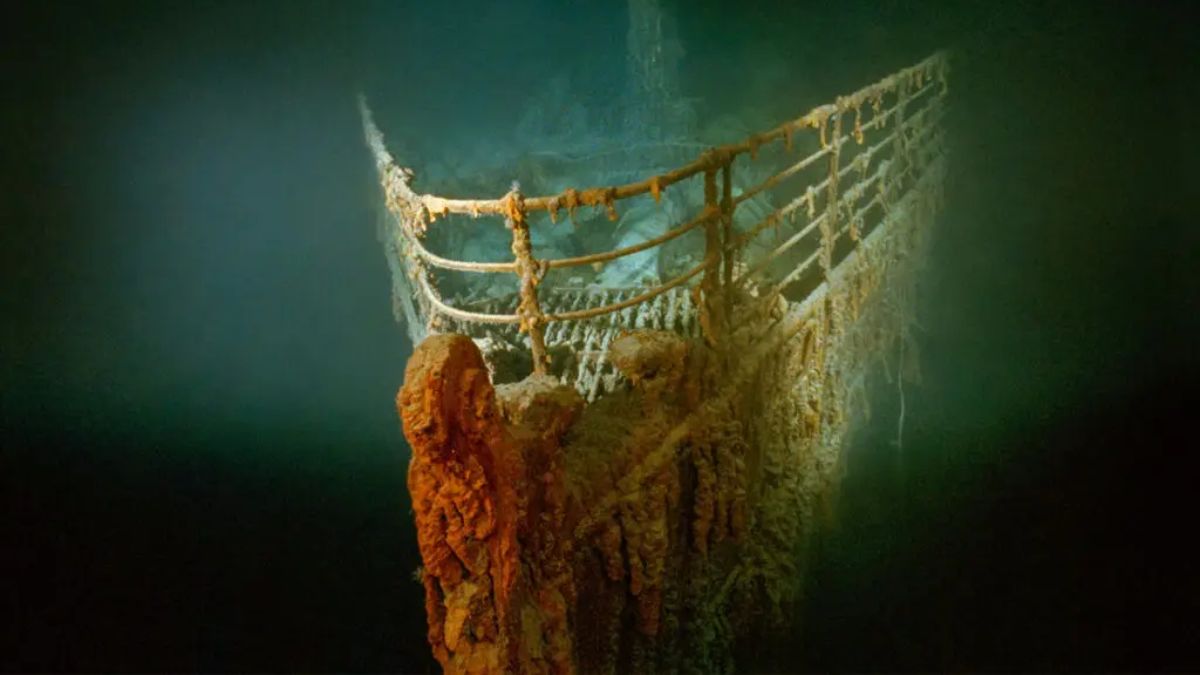If you’re looking for a part of Brazil that’s still unspoiled by mass tourism—where cattle outnumber cars and people still wave from porches—Confresa might surprise you. This frontier town in northeastern Mato Grosso has that mix of wild nature, ranch-town energy, and authentic Brazilian warmth that’s getting harder to find. It’s not luxury travel. It’s raw, real, and full of charm. You come here for the simplicity—and you leave with a story.
Getting to Confresa
First, a reality check: Confresa isn’t easy to reach. The nearest major airport is in Palmas (Tocantins) or Goiânia, both several hours away by car or bus. Most visitors arrive via regional flights to São Félix do Araguaia, then make the 100 km road trip west to Confresa.
Once you’re here, it’s mostly local taxis, motorbikes, and the occasional pickup truck taxi service. Roads are improving, thanks to investments along the BR-158 and MT-430 highways, but expect some bumpy rides—especially in the rainy season.
Weather: Hot, Humid, and Honest
Let’s be blunt—Confresa is hot. Temperatures hover around 30–35°C (86–95°F) most of the year. The dry season runs from May to September, when the air is dusty but skies are clear and travel is easiest.
The rainy season (October–April) brings sudden downpours that turn the red soil into sticky clay. Roads can get tricky, but the landscape transforms—lush green fields, swollen rivers, and cooler evenings.
| Season | Months | Weather | Travel Tip |
|---|---|---|---|
| Dry Season | May–September | Hot, sunny, dusty | Best for road trips and festivals |
| Rainy Season | October–April | Humid, heavy rains | Rivers at their most beautiful, but pack boots |
If you love dramatic skies and don’t mind a little mud, the rainy months can actually be magical.
The Local Culture: Frontier Spirit and Small-Town Soul
Confresa is young—officially founded in the 1980s—but its people come from all over Brazil. Migrants from Paraná, Goiás, and Minas Gerais brought southern farming know-how and mixed it with the frontier resilience of northern Mato Grosso. The result? A culture that’s open, hardworking, and warm.
Community life revolves around family, faith, and festivals. On weekends, families crowd Praça da Bíblia, chatting over pastel (fried pastry) and caldo de cana (fresh sugarcane juice). Kids zip around on motorbikes, and local bands belt out sertanejo hits that everyone somehow knows the lyrics to.
Religion plays a big role here, too—churches are social anchors. But don’t mistake faith for dullness. When the ExpoConfresa Rodeio festival hits every July, the whole town turns electric: bull riding, fireworks, open-air concerts, and all-night churrasco.
What to Eat: Confresa on a Plate
Food in Confresa is hearty, local, and built around what the land gives. If you’re expecting Michelin stars, forget it—but if you’re after flavor and soul, you’re in luck.
Start your day with strong Brazilian coffee and a plate of pão de queijo (cheese bread) or tapioca pancakes from a bakery on Avenida Central. For lunch, most restaurants serve prato feito (PF)—a daily plate of rice, beans, grilled meat, salad, and farofa (toasted cassava flour).
But to taste Confresa’s real flavor, go local:
| Dish | Description | Where to Try |
|---|---|---|
| Pacu Assado | Grilled freshwater fish from nearby rivers | Riverside eateries along Grande Rio do Norte |
| Arroz com Pequi | Savory rice cooked with pequi fruit—a love-it-or-hate-it taste | Small family diners and weekend fairs |
| Churrasco Pantaneiro | Charcoal-grilled beef with mandioca and vinaigrette | Roadside churrascarias |
| Doce de Leite Caseiro | Homemade caramel milk dessert | Local bakeries and markets |
| Caldo de Cana | Fresh sugarcane juice, often paired with pastel | Praça da Bíblia stalls |
At night, food trucks and open-air stalls pop up, especially during weekends. Grab a skewer of beef or chicken hearts, a cold Skol beer, and just enjoy the rhythm of small-town Brazil.
Where to Stay and What to Expect
Confresa’s accommodations are simple but comfortable. You’ll find a few locally owned pousadas (inns) and mid-range hotels, mostly catering to agribusiness travelers. Rates range between R$150–R$250 per night for air-conditioned rooms with breakfast.
If you prefer something rustic, some fazendas (ranches) offer rural lodges—perfect for horseback riding, fishing, and a taste of farm life.
Don’t expect nightlife beyond a few bars, karaoke nights, and open-air concerts. Confresa’s charm lies in its calm—a place where you can disconnect, eat well, and listen to crickets instead of car horns.
Nature and Outdoor Adventures
One of Confresa’s biggest surprises is how close it is to raw, untamed beauty. The Grande Rio do Norte and the Araguaia River basin form natural playgrounds for boating, fishing, and swimming.
Nearby, the Parque Estadual do Araguaia (managed by the Mato Grosso Environment Secretariat) protects wetlands and wildlife like giant otters, macaws, and tapirs. If you’re lucky, a local guide can take you to hidden waterfalls or sandbanks where you’ll have the river all to yourself.
Birdwatchers will love it here—hundreds of species soar over the savannas at dawn. And if you visit in June or July, you’ll likely stumble upon local rodeos or food fairs in surrounding towns like Santa Terezinha.
Travel Tips for First-Timers
- Cash is king: ATMs can be limited, and smaller businesses may not accept cards.
- Language: Portuguese is essential. Locals are friendly and patient, but English isn’t common.
- Health: Bring insect repellent and sunscreen. Healthcare is available, but serious issues require travel to Barra do Garças or Goiânia.
- Connectivity: 4G coverage is solid in town; in rural areas, signal fades fast.
- Safety: Confresa is generally safe, but like anywhere, avoid walking alone at night or leaving valuables in plain sight.
Quick Reference Table
| Category | Details |
|---|---|
| Best Time to Visit | May–September (dry season) |
| Average Temperature | 30–35°C (86–95°F) |
| Currency | Brazilian Real (BRL) |
| Population | ~30,000 |
| Nearest Airport | São Félix do Araguaia (regional) |
| Language | Portuguese |
| Recommended Stay | 2–4 days |
FAQs:
Is Confresa safe for tourists?
Yes. It’s a quiet, friendly town. Exercise nomal precautions, especially at night or when driving in rural areas.
Do I need to speak Portuguese?
Highly recommended. Few locals speak English, but most appreciate visitors who try.
What’s the best time to visit?
During the dry season (May–September) when the weather is more predictable and roads are easier to travel.

